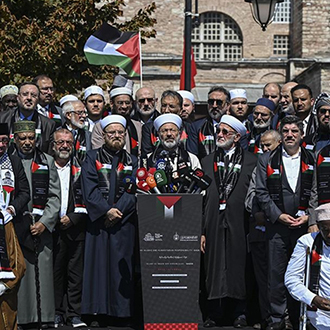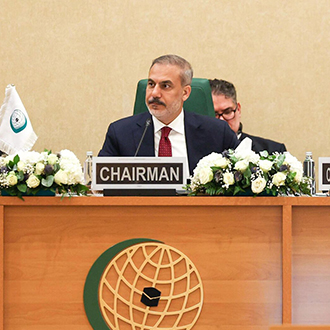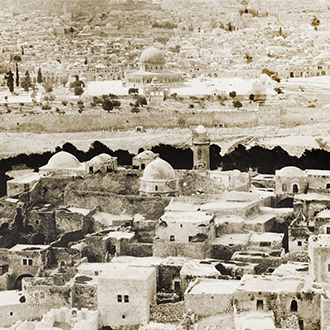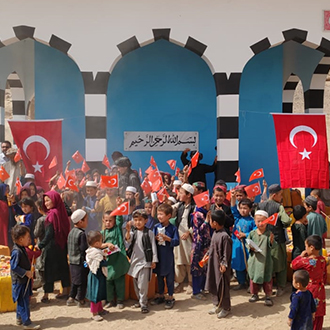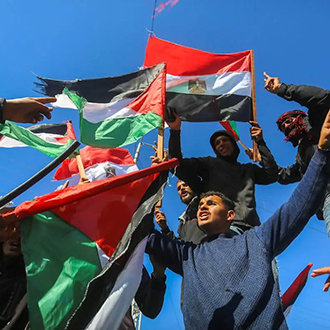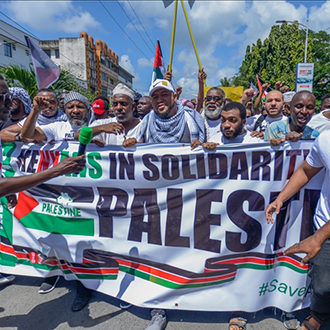Interestingly, ‘silat ar-rahim’ was a virtuous practice during the Jahiliyya. However, it gained greater significance with the advent of Islam, which emphasized and corrected certain misconceptions associated with it. Thus, this phenomenon became an essential Islamic teaching from the early days. In the Jahiliyya era, family relations and tribal affiliations were often matters of boast, pride, and arrogance. Thus, people were fanatical about their tribal identity, which resulted in biased and blind support for their family members regardless of whether they were oppressors or oppressed, victims or perpetrators, and just or unjust. In short, they glorified their tribe and kin (Muslim, Birr, 62). Islam revised these practices, establishing a new framework for relationships based on justice and mutual responsibility.
Relationships among relatives are among the important topics in the Holy Qur’an. In several different verses, our Lord (swt) emphasizes giving relatives their rights (Isra, 17:26; Rum, 30:38), encourages good behavior towards them (Nahl, 16:90; Baqarah, 2:83, 177), discourages abusing their rights (Nisa, 4:1) and associates weak family ties with sedition (Baqarah, 2:27; Muhammad, 47:22).
The Messenger of Allah (saw) indeed understood the significance of family relationships firsthand shaped by his own experiences. As an orphan who never knew his father and lost his mother while traveling to Medina to visit his maternal uncles, he learned the importance of familial bonds early on. Raised by his grandfather, and later by his uncle, Abu Talib, he owed them a great deal for their care and support. The Prophet (saw), who was known as one of the most generous people, strived hard to invite his uncle to Islam. This was because the Prophet (saw) always hoped to transform his “ar-rahim” relation with his uncle to Allah’s mercy.
When the Prophet (saw) received the first revelation, he became very anxious and distressed. In her attempt to calm him down and bolster his self-confidence about being a righteous person, our mother Khadijah (ra) said, “This is because you continue to keep your relations with your relatives.” (Bukhari, Bad’ al-Wahy, 1; Muslim, Iman, 252) This incident reveals the Prophet’s (saw) preoccupation with familial relationships, underscoring his deep concern for nurturing and preserving these bonds.
The Prophet of Islam overtly emphasized the importance of family ties from the early days of Islam. When the Byzantine emperor, Heraclius, asked Abu Sufyan, who was not yet a Muslim, about the Prophet’s message. Abu Sufyan conveyed that the main message of Islam was that a person should be a servant of Allah without associating anything with Him, praying, giving charity, being just and chaste, and maintaining relations with family members (Bukhari, Bad’ al-Wahy, 1; Muslim, al-Jihad wa ‘l-Siyar, 74).
Among the first messages that the Prophet (saw) addressed to the people of Medina, upon his arrival after migrating, was the importance of family ties. ‘Abd Allah b. Salam, a Jewish scholar who later embraced Islam, vividly described the scene as follows: “When the Messenger of Allah (saw) arrived, the people came out to meet him. There was news that the Messenger of Allah (saw) had arrived, so I went with the people to try to get a look at him. When I gazed upon the face of the Messenger of Allah (saw), I knew that this face was not the face of a liar. The first thing that he said was the following: “O people! Spread the salam (peace), feed (others), visit your relatives, and perform prayer while the people are sleeping; you will enter Paradise with peace.” (Tirmidhi, Sifat alQiyamah, 42; Ibn Majah, At’imah, 1)
It is crucial to keep in mind that in keeping relationships with family members it does not matter if they belong to different religions. Yet, it is prohibited to obey the parents or any other family member if they ask you to associate partners with Allah (swt) or indulge in pagan practices. Nevertheless, Muslims are asked to keep civil relations with such family members until they pass on from this world (Luqman, 31:14-15). For example, we know that our Prophet kept his relationship with his uncle Abu Talib until he died, even though he did not accept Islam.
The relationships among relatives, in addition to love, respect, and mutual visitations, require solidarity in all fields of social life. This solidarity has legal aspects as well as moral aspects. Nevertheless, there is a hierarchical order in doing good to relatives and behaving well with them. In this hierarchy, the first person is the mother followed by the father, then the sisters, and finally the brothers. In extending a hand to the needy or giving alms, one needs to start by considering the closest relatives first. As our Prophet (saw) indicated, “al-aqrab fa’laqrab,” i.e., the help needs to go from the closest ones to the most distant ones (Abu Dawud, Adab, 119- 120; Tirmidhi, Birr, 1). Things that are given to the needy are considered as charity. However, things that are given to needy relatives are considered both as a charity and as “silat ar-rahim.” (Tirmidhi, Zakat, 26; Nasa’i, Zakat, 82)
Therefore, it is incumbent upon all Muslims to strengthen compassion ties just as they are emphasized and cherished in our religion. By breaking family ties, one should not forget that he would be deprived of two mutual blessings, mercy and love. As stated by our Prophet, “Those who break ties with their relatives may not enter Paradise.” (Muslim, Birr, 19; Bukhari, Adab, 11)
Establishing these compassion ties are not only to make sure that the rahim flows among the family members but also to make sure Allah’s rahmah (mercy) flows to us in abundance. As related by our Prophet, the rahim is hung down from the Heavens, and he says, “With those who continue to have relations with me, may Allah continue to have relations with them! With those who break ties with me, may Allah break his ties with them!” (Muslim, Birr, 17)
Finally, let us not forget that, according to the Prophet (saw), breaking ties with relatives was one of the portents of the Last Day (Ibn Hanbal, I, 420). As revealed in his wise words, “The fastest way to get reward from good deeds is to uphold kindness and ties of kinship, and the fastest way to get punished for evil deeds is to do injustice and severe ties of kinship.” (Ibn Majah, Zuhd, 23; Tirmidhi, Sifat al-Qiyamah, 57; Abu Dawud, Adab, 43)




